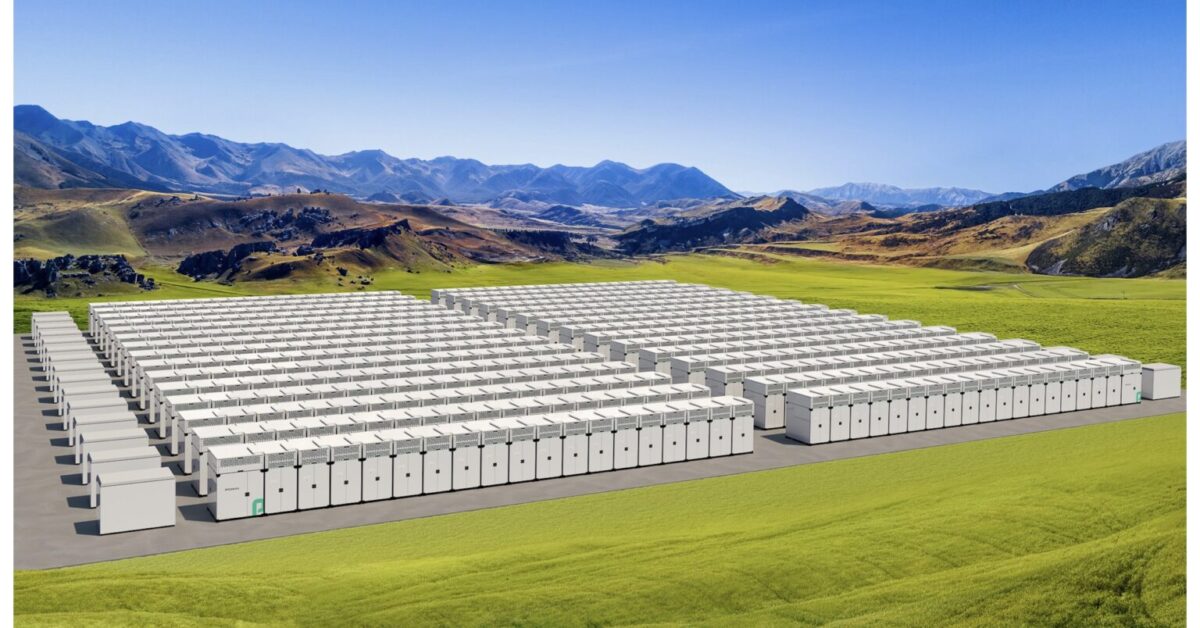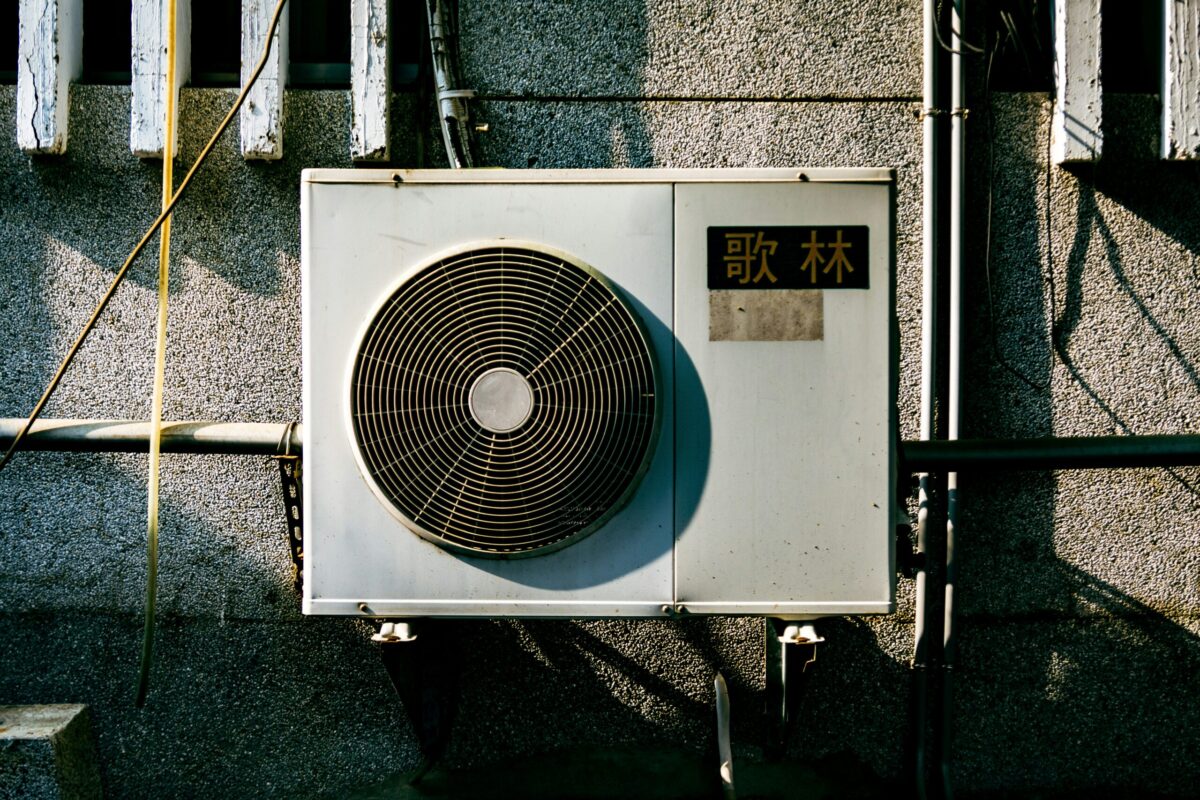At 10,379 MW, California has grown its battery fleet 1,250% over the last five years – up from 770 MW in 2019. The state is projected to need 52 GW of energy storage to meet its ambitious goal of 100% clean electricity by 2045.
Developers plan to add 6,813 MW of battery projects in the California Independent System Operator's (CAISO) domain this year, dominated by four-hour lithium-ion systems, roughly double their additions in 2023, according to an analysis of S&P Global Market Intelligence data.
“In just five years [since the beginning of the Newsom Administration], California has increased its battery storage capacity more than tenfold,” said California Governor Gavin Newsom. “Our energy storage revolution is here, and it couldn’t come at a more pivotal moment as we move from a grid powered by dirty fossil fuels to one powered by clean energy.”
The ever-growing battery energy storage fleet is becoming vitally important for California to maintain a clean and reliable power grid – storing energy from renewable sources like solar during the day to use when solar drops off in the evening hours.
Only a couple of weeks ago, for the first time ever, battery energy storage became the largest source of supply to power the grid as its discharge went above 6 GW. The landmark event saw battery storage overtake gas, nuclear, hydro and renewables as the biggest source of supply for a period of about two hours in the evening peak.
In what seems to become the new norm, battery storage was once again the single biggest supplier on the grid in the evening peak last weekend. According to data collected by CAISO's Grid Status, a new record discharge of 6.52 GW was registered on the weekend. On April 30, the peak battery discharge rose to 6.76 GW, shattering the previous record.
Five years ago, the record output for battery storage was a mere 120 MW, the data tracker shows.
In its latest annual transmission plan, CAISO proposes to invest $6.1 billion in 26 grid improvements to connect new renewable energy projects by 2035. This would pave the way for 38 GW of new solar capacity, most of which would be paired with battery storage.
CAISO’s latest plan aims to improve access for battery projects co-located with solar or wind, as well as stand-alone systems close to major load centers in the Los Angeles Basin, the Greater Bay Area, and San Diego.
US installed battery capacity will double this year to 30 GW on the back of investment in California and Texas, the Energy Information Agency said in January.
This content is protected by copyright and may not be reused. If you want to cooperate with us and would like to reuse some of our content, please contact: editors@pv-magazine.com.




This means clean distribution but transmission feeders are still primarily not carbon neutral by any means. In other words, it’s dirty sources feeding a clean retail market place.